ICE Houston Sweep: 3,600 Criminal Illegal Aliens Arrested, Including 51 Child Predators
Authored by Steve Watson via Modernity.news,
The Trump administration’s deportation surge is already producing major results. In Houston alone, ICE has arrested nearly 3,600 criminal illegal aliens in a single operation, among them 51 individuals with child-sex offenses and 67 convicted sex offenders.
These arrests are directly tied to the president’s new focus on narco-terrorism and cartel supply chains.
Houston has long served as a major distribution hub for both drugs and human trafficking; the scale of this operation underscores that the administration is targeting the worst offenders first.
? JUST IN: INCREDIBLE victory as ICE arrested nearly 3,600 criminal illegal aliens in HOUSTON during the federal government shutdown
— Eric Daugherty (@EricLDaugh) November 18, 2025
Wow! They put in the WORK while Democrats shut down the country.
It includes 51 child predators and 67 s*x offenders? pic.twitter.com/rudic0DbEl
The sweep is part of a broader nationwide push that began with last week’s welfare-fraud raids, which recovered more than 24,400 missing migrant children from trafficking and exploitation networks across multiple states.
The Houston operation follows directly from last week’s high-impact raids in key locations, where ICE and local law enforcement zeroed in on criminal illegal aliens preying on communities.
In Florida, the state Highway Patrol’s “Operation Criminal Return” led to the arrest of 230 criminal aliens, including multiple child predators and sex offenders, who were then turned over to ICE for deportation.
Florida has been at the forefront of these efforts, with over 6,200 illegal aliens arrested statewide in recent weeks and handed off to federal authorities.
Similarly, in Charlotte, North Carolina, federal agents arrested 130 illegal migrants over a single weekend, many with serious criminal histories including assaults, DUIs, larcenies, and hit-and-runs.
CBP Charlotte Area Port Director Gregory Bovino noted the intensity: “We do expect that number to go up a lot,” adding that nearly 100 arrests occurred in just hours, creating a visible deterrent effect—reports indicate illegal migrants in the area are now “afraid to go outside” as agents saturate the city.
These actions underscore the Trump administration’s strategy of partnering with willing states to target exploitation rings that flourished under Biden’s open-border policies.
Meanwhile, Border Czar Tom Homan addressed criticism from Rep. Alma Adams (D-NC) following the Charlotte arrests, where agents removed convicted child rapists and murderers from her district:
“She can dislike it all she wants… You’d think she’d be hand-in-hand with us, thanking President Trump for focusing on the worst of the worst — child rapists and murderers,” Hooman urged.
He added, that Adams “needs to understand we’re enforcing the law. I mean, what other federal agency does she think should NOT enforce laws? We’re taking public safety threats out of her community every day, which makes her community safer. We’d like her to be a partner, but she doesn’t want it.”
? Tom Homan is DONE with Rep. Adams (D-NC) whining about DHS removing child r*pists & criminals from her community:
— Eric Daugherty (@EricLDaugh) November 18, 2025
“We’re going to KEEP doing it. She can dislike it all she wants!”
“You THINK she’d be hand in hand with us, thanking Trump for prioritizing public safety threats?”
He’s spot on ? pic.twitter.com/6Ft6w67Vpz
Homan’s response highlights a recurring theme from the recent operations: Democratic officials who previously decried child trafficking under Biden are now opposing the very enforcement that addresses it.
These coordinated efforts—from Florida’s predator takedowns to Charlotte’s rapid sweeps and now Houston’s massive haul—demonstrate the scale of the administration’s commitment to child safety and border security.
With hundreds of thousands more deportations projected, the focus remains on removing threats while safeguarding the vulnerable.
Your support is crucial in helping us defeat mass censorship. Please consider donating via Locals or check out our unique merch. Follow us on X @ModernityNews.
Tyler Durden Wed, 11/19/2025 - 20:05

 A man sits in a hospital waiting room in Irvine, Calif., on July 8, 2025. John Fredricks/The Epoch Times
A man sits in a hospital waiting room in Irvine, Calif., on July 8, 2025. John Fredricks/The Epoch Times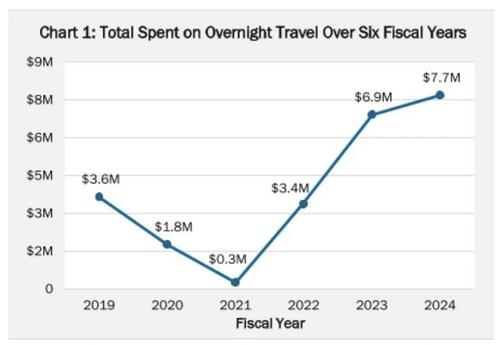

 Via Reuters
Via Reuters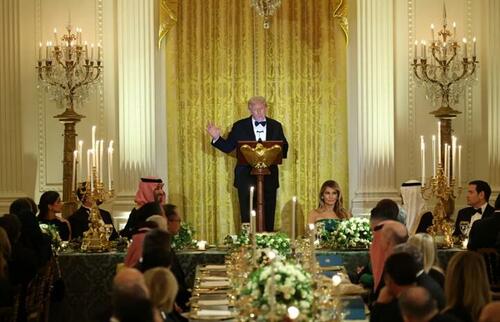 Via Reuters
Via Reuters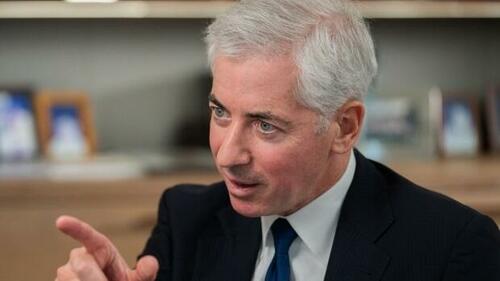
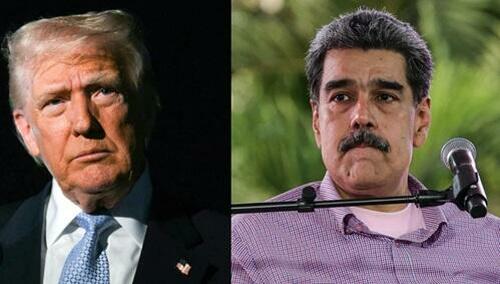 Via CBS
Via CBS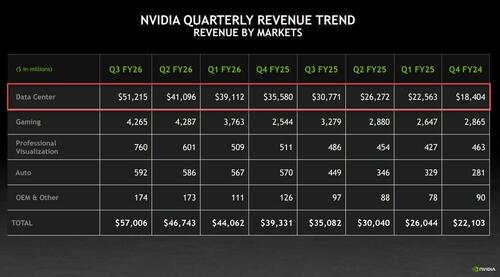
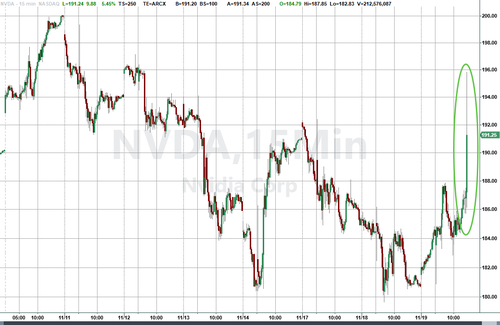
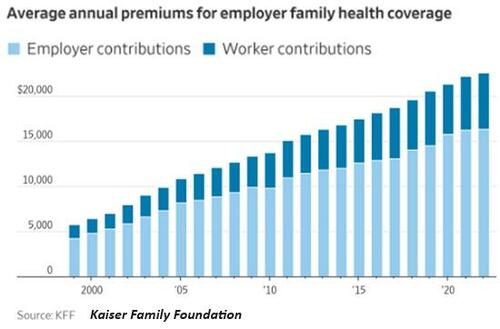
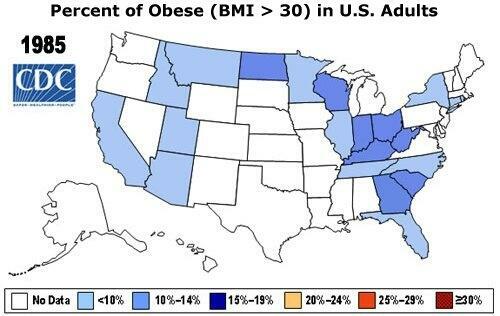
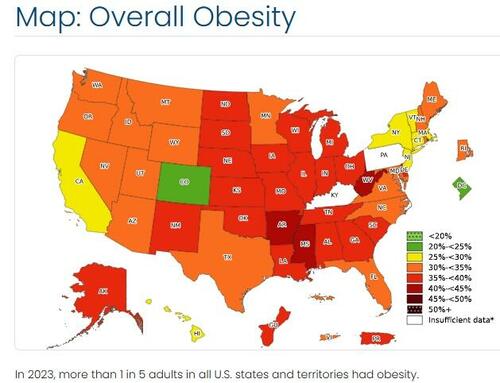
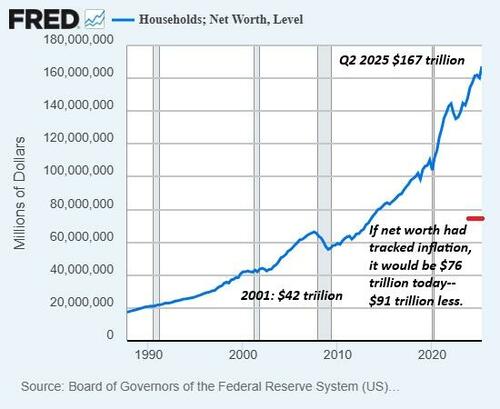
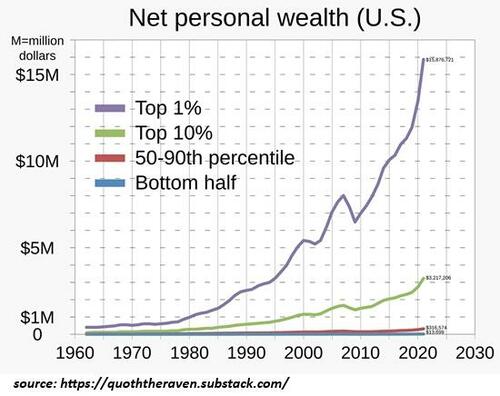
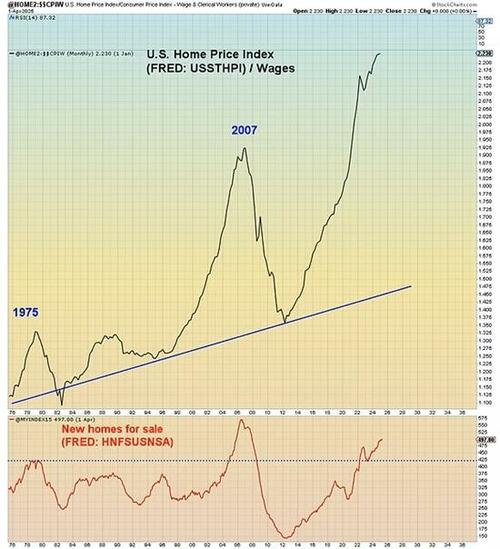
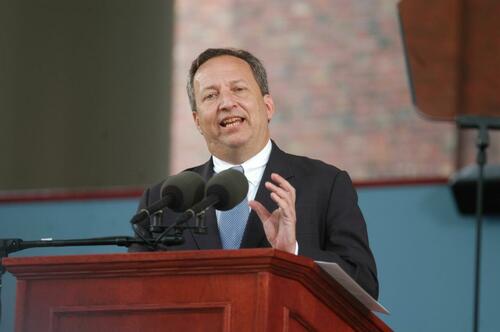 Then-Harvard President Lawrence H. Summers speaks at the University's 2004 Commencement ceremony. Summers recently retracted from public engagements after his emails with sex offender Jeffrey Epstein were released. By Crimson Multimedia Staff
Then-Harvard President Lawrence H. Summers speaks at the University's 2004 Commencement ceremony. Summers recently retracted from public engagements after his emails with sex offender Jeffrey Epstein were released. By Crimson Multimedia Staff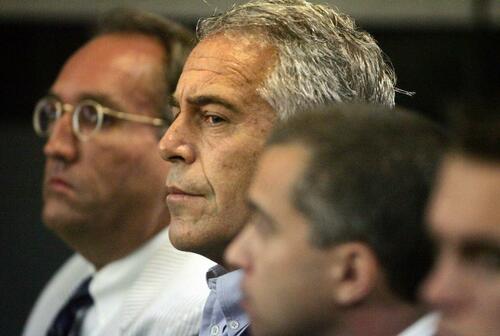

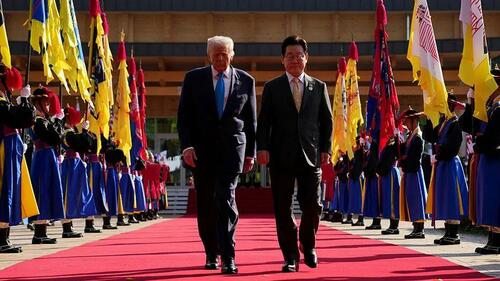 President Donald Trump walks with South Korean President Lee Jae Myung as they prepare to attend a bilateral lunch meeting at the Gyeongju National Museum on October 29, 2025 in Gyeongju, South Korea. (Photo by Andrew Harnik/Getty Images)
President Donald Trump walks with South Korean President Lee Jae Myung as they prepare to attend a bilateral lunch meeting at the Gyeongju National Museum on October 29, 2025 in Gyeongju, South Korea. (Photo by Andrew Harnik/Getty Images) A 3,000-ton diesel submarine during a ceremony to hand it over to the Navy, at the HD Hyundai Heavy Industries Co. in Ulsan, South Korea, in 2024.Credit...Yonhap/EPA, via Shutterstock
A 3,000-ton diesel submarine during a ceremony to hand it over to the Navy, at the HD Hyundai Heavy Industries Co. in Ulsan, South Korea, in 2024.Credit...Yonhap/EPA, via Shutterstock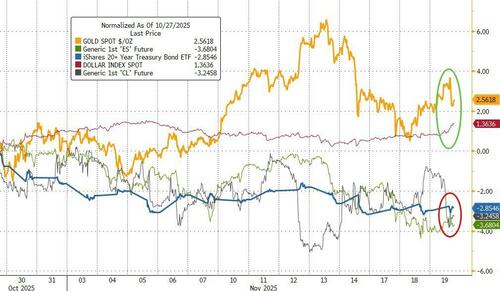
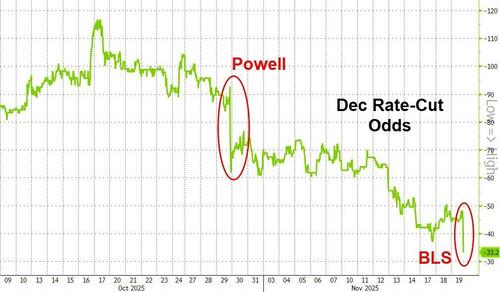
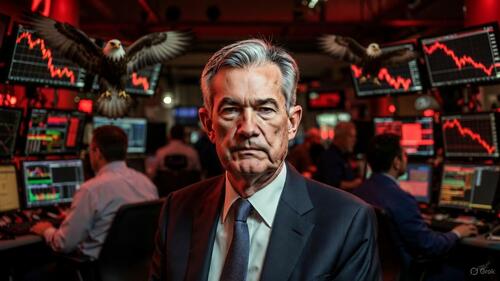


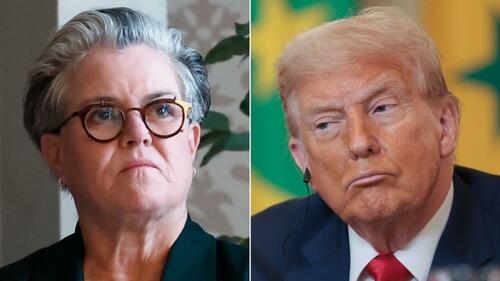
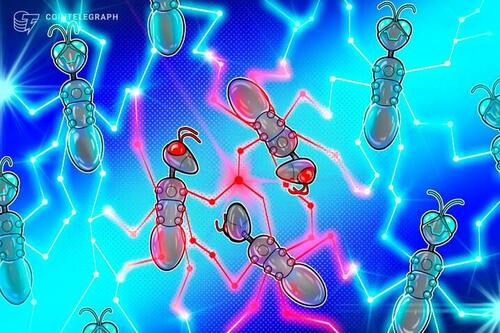
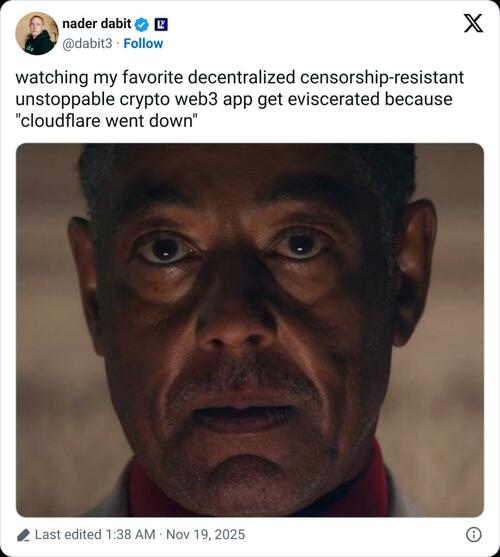
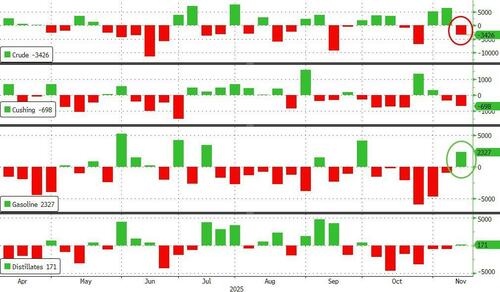
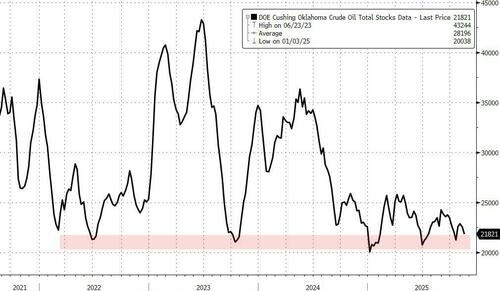
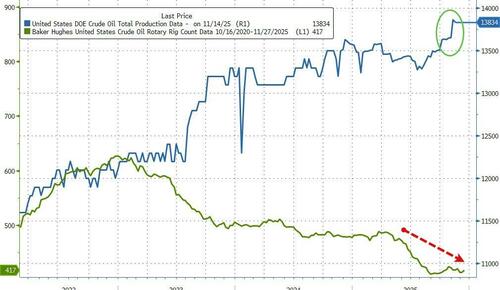
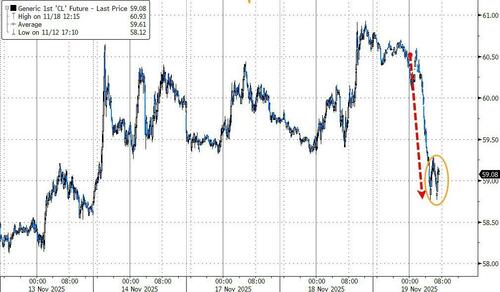
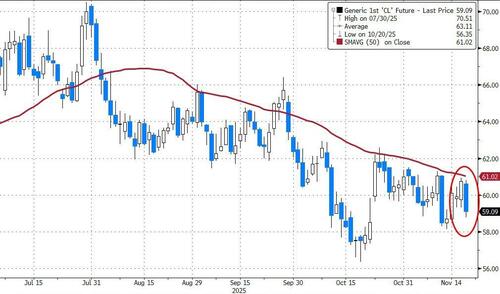

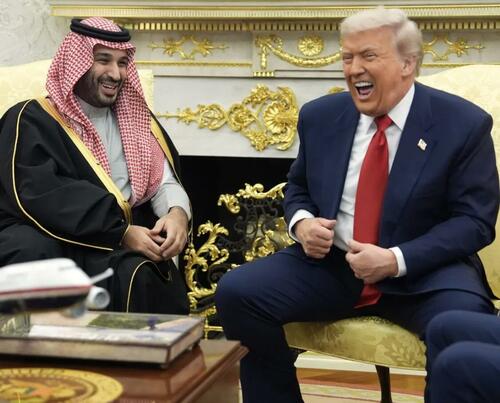

Recent comments